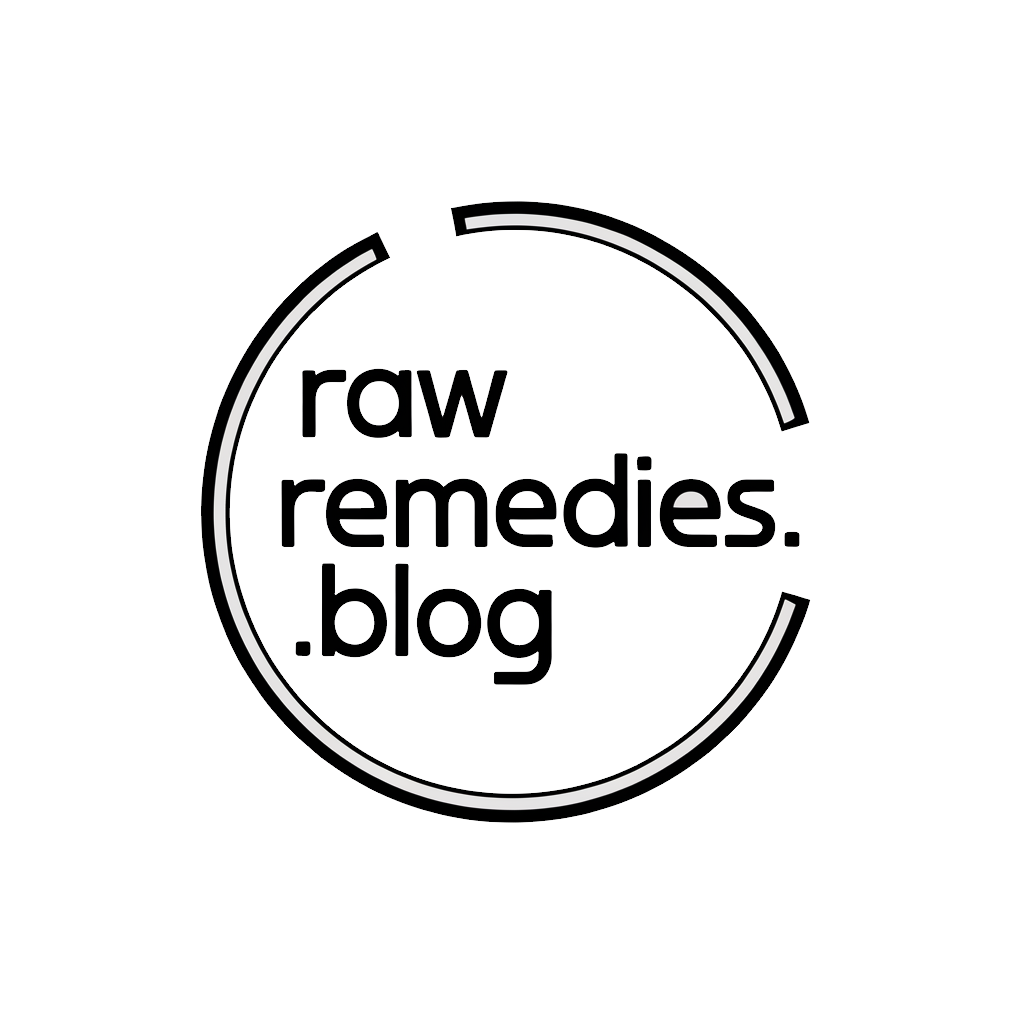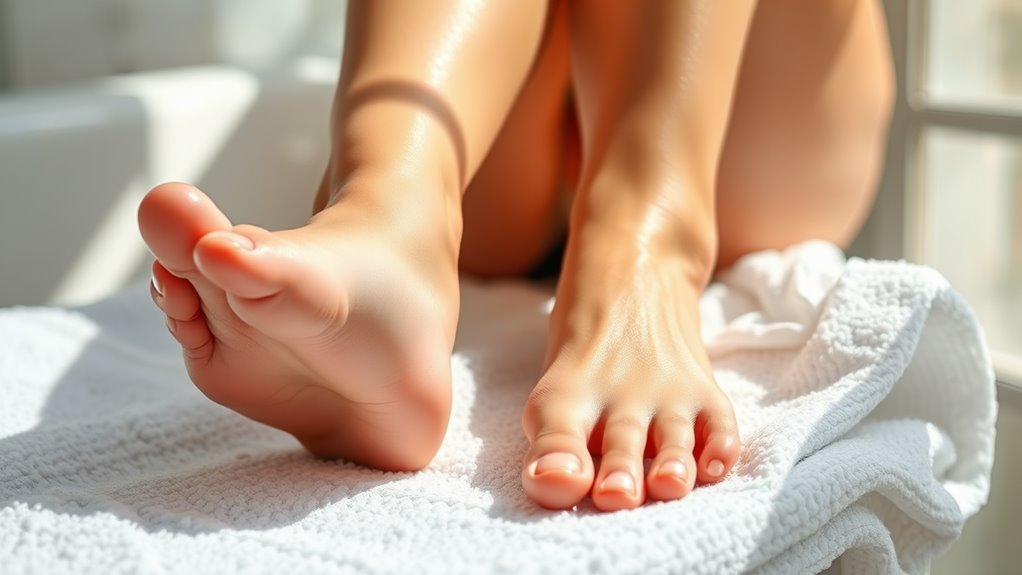Banish Strawberry Legs Fast With This Kitchen Ingredient!
To quickly banish strawberry legs, use apple cider vinegar (ACV) diluted with equal parts water. ACV acts as a natural exfoliant, unclogging pores and balancing skin’s pH for smoother texture. Mix it in a spray bottle and apply it with a cotton ball, letting it sit for 10-15 minutes before rinsing. For best results, follow up with a gentle moisturizer and regular exfoliation. Discover effective recipes and tips to enhance your skin care routine further.
Understanding Strawberry Legs
What exactly are strawberry legs? They’re characterized by dark spots and pores on your legs, resembling the seeds on a strawberry’s surface.
This condition often results from trapped hair follicles, dead skin cells, or poor shaving techniques.
You may notice it more if you have coarse or thick hair.
While strawberry legs aren’t a serious medical issue, they can affect your skin’s appearance.
A popular home remedy for strawberry legs involves exfoliating your skin regularly, using natural ingredients to remove dead skin and unclog pores. This practice can help restore smoothness and reduce the visibility of those pesky dark spots, making it essential to understand effective remedies for achieving clearer skin.
The Kitchen Ingredient You Need
One kitchen ingredient that can significantly help in combating strawberry legs is baking soda.
This versatile compound acts as an exfoliant, effectively removing dead skin cells that contribute to the appearance of strawberry legs. It balances the skin’s pH, promoting a smoother texture. Additionally, baking soda possesses anti-inflammatory properties, which can soothe irritation caused by shaving or waxing. Regular exfoliation is key to maintaining smooth skin and preventing strawberry legs.
You can easily incorporate it into your skincare routine by mixing it with water to form a paste. Apply this mixture to the affected areas, allowing it to sit before rinsing. Regular use can lead to a noticeable improvement in skin appearance.
How It Works on Your Skin
Baking soda’s effectiveness in treating strawberry legs lies in its chemical composition and properties. It acts as a mild exfoliant, removing dead skin cells and unclogging pores, which helps reduce the appearance of dark spots. Its alkaline nature neutralizes excess acidity on your skin, promoting a balanced pH that can enhance overall skin health. Additionally, baking soda possesses antibacterial properties, helping to prevent follicle infections that often contribute to the condition. When applied, it can soothe irritation and diminish redness, leading to smoother skin texture. Regular use can significantly improve the visibility of strawberry legs, restoring confidence and comfort. Furthermore, incorporating proper shaving techniques can also play a crucial role in preventing the development of strawberry legs.
Easy Recipe for the Remedy
To create an effective remedy for strawberry legs, gather just three simple ingredients: baking soda, water, and a few drops of essential oil for added benefits.
Start by combining two tablespoons of baking soda with enough water to form a thick paste.
If desired, add three drops of your chosen essential oil, such as lavender or tea tree, to enhance the mixture’s soothing properties.
This blend not only exfoliates but also hydrates your skin, effectively targeting those dark spots. Regular use of this remedy can help improve the appearance of skin texture, making it an excellent addition to your skincare routine.
Store any leftover remedy in an airtight container for future use, ensuring it remains effective for your skin care routine.
Step-by-Step Application Guide
To effectively banish strawberry legs, you’ll need to prepare your ingredients carefully. Follow specific application techniques to ensure optimal results, and don’t overlook aftercare recommendations to maintain smooth skin. This guide will walk you through each essential step for the best outcome. Additionally, consider incorporating a natural DIY scrub made from natural ingredients to combat rough skin texture and achieve smoother legs.
Ingredient Preparation Process
Achieving smooth, hair-free skin involves a meticulous ingredient preparation process that requires careful selection and handling.
First, gather your chosen kitchen ingredient, such as sugar or coffee grounds, ensuring it’s fresh and free from contaminants.
Next, measure the appropriate amount—typically one cup—then combine it with an equal part of a natural oil, like coconut or olive oil.
Stir the mixture until it forms a consistent paste.
If desired, add a few drops of essential oil for fragrance.
Finally, store the preparation in an airtight container until you’re ready to use it.
Proper preparation ensures optimal results for your skin.
Application Techniques
Effective application techniques are crucial for obtaining smooth, hair-free skin. Start by exfoliating your legs to remove dead skin cells. Next, apply the kitchen ingredient evenly, massaging it into your skin using circular motions. Allow it to sit for the recommended time, then rinse thoroughly with lukewarm water.
| Step | Description |
|---|---|
| Exfoliate | Remove dead skin cells |
| Apply Ingredient | Massage in circular motions |
| Rinse | Use lukewarm water |
Follow these steps consistently for optimal results, ensuring your skin absorbs the benefits of the ingredient effectively.
Aftercare Recommendations
After applying your chosen ingredient, it’s important to focus on aftercare to maintain smooth, healthy skin.
First, rinse the area with lukewarm water to remove any residue. Pat your skin dry gently with a soft towel—avoid rubbing.
Next, apply a fragrance-free moisturizer to hydrate and soothe the skin, preventing irritation. If you experience redness or sensitivity, consider using a calming aloe vera gel.
Additionally, avoid hot showers and harsh exfoliants for at least 24 hours post-treatment.
Lastly, always apply sunscreen if you’ll be exposed to sunlight, as this protects your skin from further irritation and damage.
Tips for Best Results
To achieve optimal results in banishing strawberry legs, you should incorporate effective exfoliation techniques into your routine. Regular exfoliation removes dead skin cells, promoting smoother skin texture. Additionally, moisturizing after treatment is crucial for maintaining hydration and preventing further irritation. Consider using a DIY scrub with natural ingredients to enhance your exfoliation process and target keratosis pilaris effectively.
Exfoliation Techniques Explained
Exfoliation is a crucial step in achieving smooth, blemish-free skin, especially for those dealing with strawberry legs.
To exfoliate effectively, consider using physical or chemical exfoliants.
Physical exfoliants, like scrubs, should be applied in gentle circular motions, avoiding excessive pressure to prevent irritation.
Chemical exfoliants, containing acids like glycolic or salicylic acid, can be applied using cotton pads for even distribution.
Aim to exfoliate 1-3 times per week, depending on your skin’s sensitivity.
Always follow up with a patch test when trying new products to minimize adverse reactions.
Consistency in exfoliation will yield the best results for smoother skin.
Moisturizing After Treatment
While many focus on exfoliation as the key step in achieving smooth skin, moisturizing afterward is equally essential for optimal results.
After exfoliating, your skin’s barrier may be compromised, leading to potential dryness and irritation.
Apply a rich moisturizer immediately after treatment to replenish lost hydration and enhance skin texture.
Look for products containing ingredients like hyaluronic acid or glycerin, which effectively lock in moisture.
Additionally, consider using a soothing lotion with anti-inflammatory properties to reduce redness.
Consistent moisturizing not only improves overall skin appearance but also helps prevent the reoccurrence of strawberry legs, ensuring your legs remain smooth and soft.
Additional Skin Care Practices
Incorporating additional skin care practices can significantly enhance your efforts to banish strawberry legs.
Start by exfoliating regularly, using gentle scrubs or chemical exfoliants like alpha hydroxy acids. This removes dead skin cells and prevents clogged pores.
Consider incorporating a retinol product, as it promotes cell turnover and improves skin texture.
Hydration is crucial; opt for a moisturizer containing ingredients like hyaluronic acid or glycerin to maintain skin barrier integrity.
Additionally, protect your skin from sun damage with a broad-spectrum sunscreen, which can prevent discoloration.
Lastly, stay hydrated and maintain a balanced diet to support overall skin health. Natural remedies for conditions like keratosis pilaris can also be beneficial in improving skin texture.





